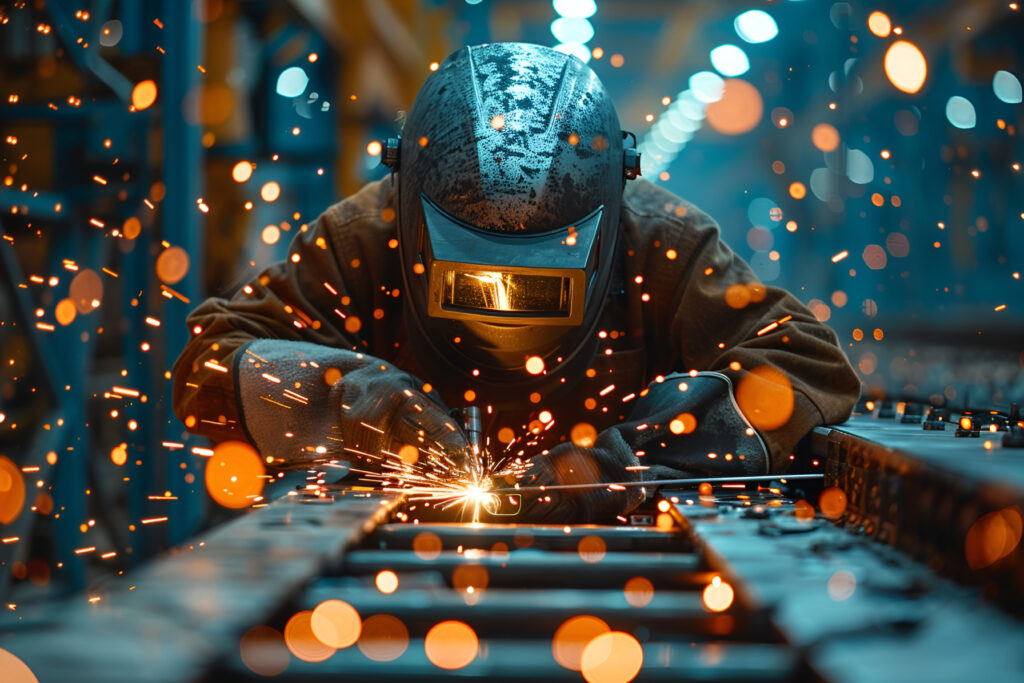The MIG welding process stands as a cornerstone in modern fabrication and manufacturing, offering a plethora of advantages that have made it a preferred choice across industries. MIG, or Metal Inert Gas welding, is a versatile technique celebrated for its efficiency, versatility, and reliability. In this article, we delve into the numerous advantages of employing the MIG welding process.
At its core, the MIG welding process involves using a continuous solid wire electrode fed through a welding gun, which is accompanied by a shielding gas to protect the weld pool from atmospheric contamination. This method presents several notable benefits that contribute to its widespread adoption.
First and foremost, one of the paramount advantages of the MIG welding process is its exceptional speed and efficiency. The continuous wire feed allows for a rapid deposition of weld metal, significantly reducing welding time compared to other methods. This increased productivity translates into cost savings and enhanced throughput for industries ranging from automotive to construction.
Furthermore, the MIG welding process boasts remarkable versatility, accommodating a wide range of materials and thicknesses. Whether welding mild steel, stainless steel, aluminum, or various alloys, MIG welding offers consistent and high-quality results across diverse applications. Its adaptability makes it invaluable in environments where multiple materials are encountered or where frequent changes in welding requirements occur.
Another key advantage of MIG welding is its superior weld quality. The process enables precise control over welding parameters, such as voltage, wire feed speed, and shielding gas composition, resulting in clean, smooth welds with minimal spatter. This high-quality craftsmanship is essential in industries where structural integrity and aesthetic appeal are paramount, such as aerospace and architectural fabrication.
Moreover, the MIG welding process is renowned for its ease of use and operator friendliness. With minimal training, operators can quickly master the technique and produce consistent welds, reducing the need for extensive skill development or specialized expertise. This accessibility makes MIG welding an attractive option for both seasoned professionals and novice welders alike.
In addition to its technical advantages, the MIG welding process offers notable ergonomic benefits. Compared to traditional stick welding, MIG welding generates less smoke, fumes, and radiation, creating a safer and more comfortable working environment for welders. This reduction in occupational hazards enhances workplace safety and contributes to overall employee well-being.
Furthermore, the efficiency of the MIG welding process extends beyond the welding operation itself. The use of inert gases such as argon or carbon dioxide as shielding gases minimizes the need for post-weld cleaning or finishing, streamlining the fabrication process and reducing overall production time and costs.
In conclusion, the MIG welding process stands as a cornerstone in modern fabrication and manufacturing, offering a multitude of advantages that have solidified its position as a preferred welding technique. From its exceptional speed and efficiency to its versatility, weld quality, and operator friendliness, MIG welding continues to revolutionize industries worldwide. As technology advances and innovations emerge, the MIG welding process remains poised to meet the evolving needs of the manufacturing landscape, driving progress and innovation for years to come.


